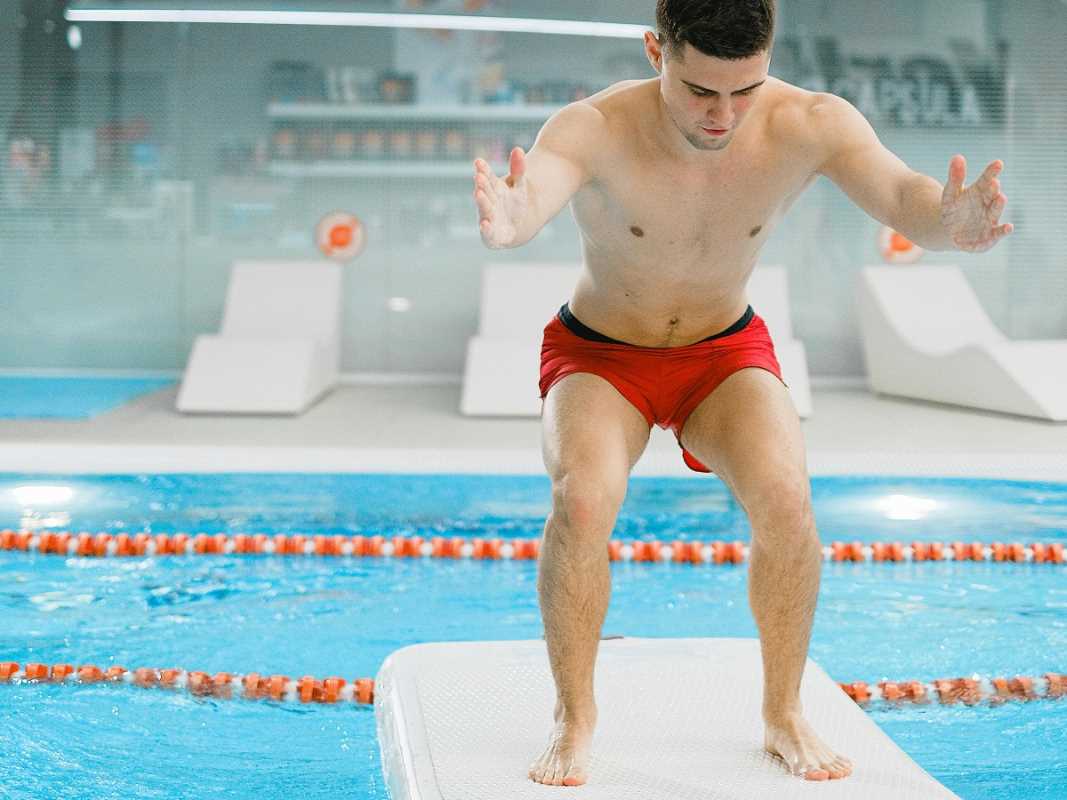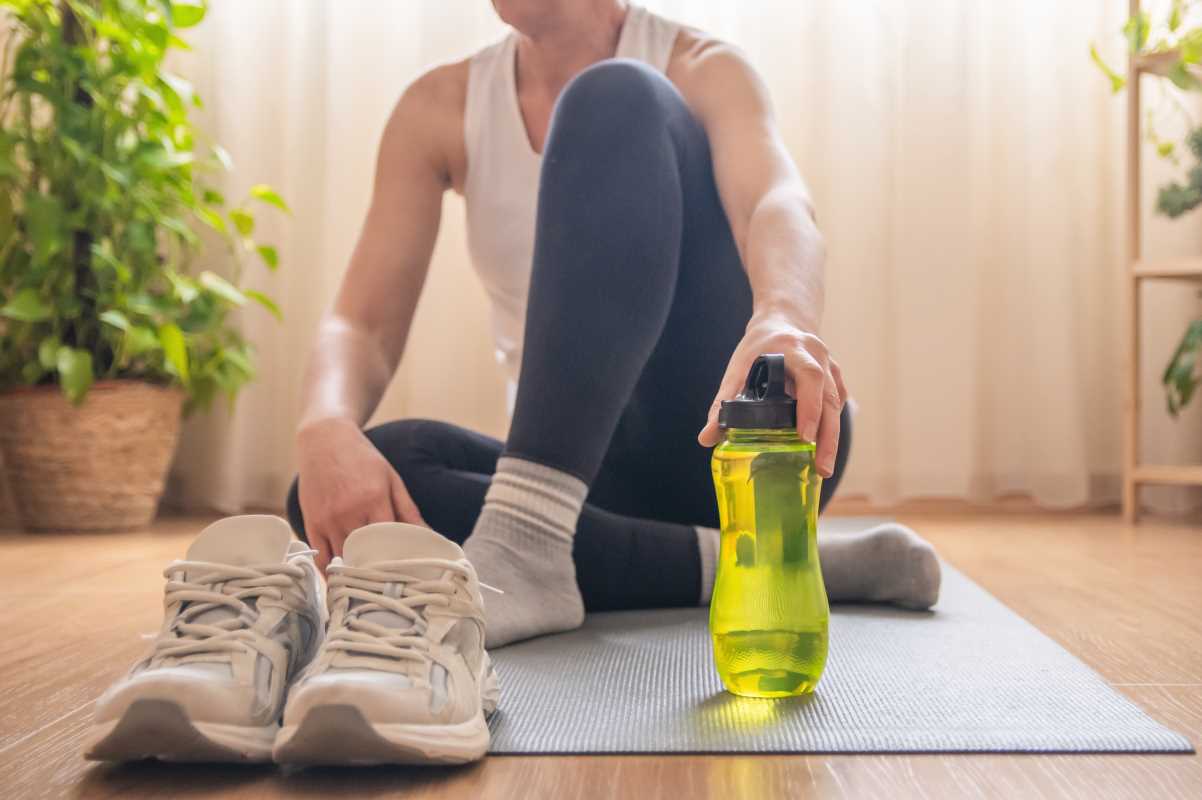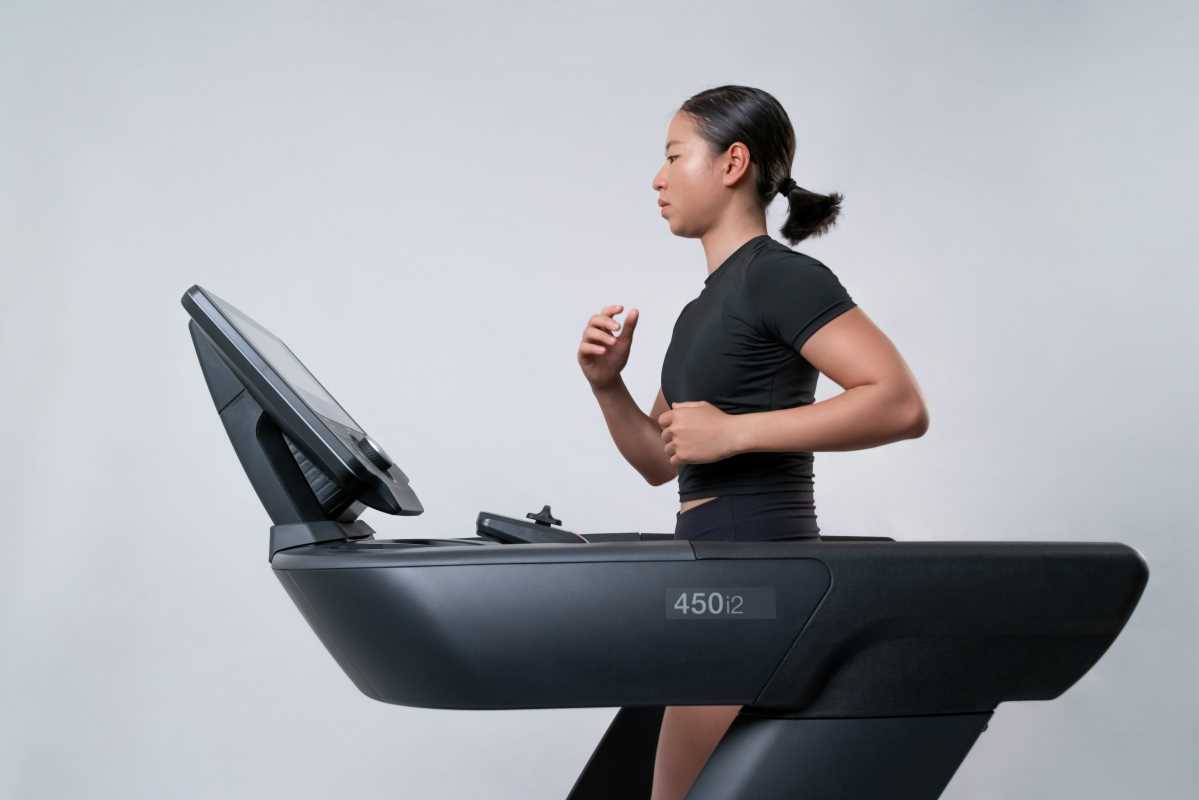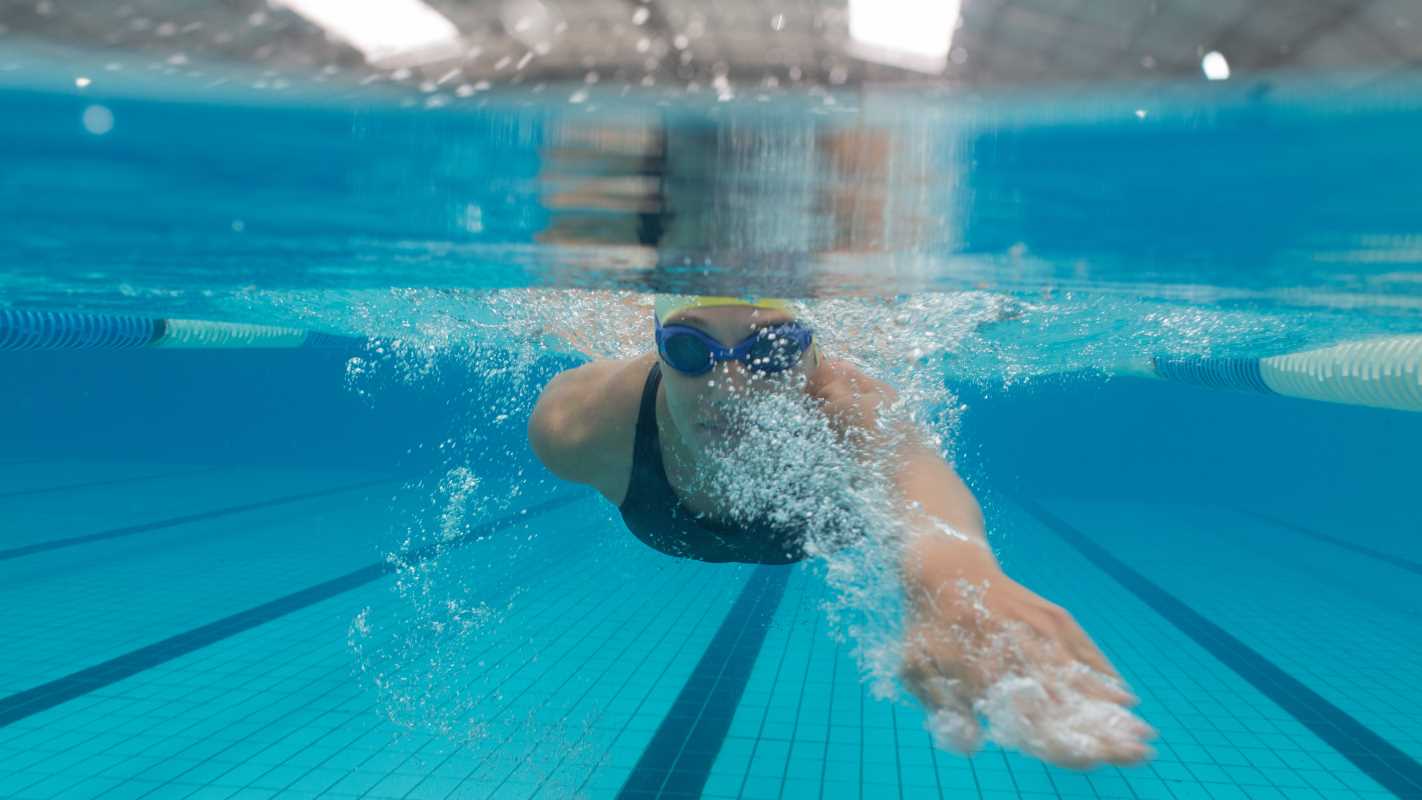Snowboarding goes beyond just gliding down mountains; it requires mastering balance, control, and agility. At the heart of these skills lies a strong core, which acts as the backbone for all your movements on the board. By focusing on developing core strength, you can greatly improve your stability, ensuring that each ride feels smoother and more precise. No matter if you're a frequent rider or someone who enjoys the slopes every now and then, incorporating exercises that target your core into your workout routine can take your snowboarding experience to new heights.
The Importance of Core Strength in Snowboarding
A strong core is essential for snowboarding for several reasons:
- Balance and Stability: A robust core helps you maintain balance, especially on uneven terrain.
- Injury Prevention: Strengthening your core reduces the risk of injuries by supporting your spine and improving overall posture.
- Enhanced Control: A strong midsection allows for better control over your movements, leading to more precise turns and maneuvers.
- Endurance: Core strength contributes to overall endurance, helping you ride longer without fatigue.
Technique 1: Planks
Planks serve as a fundamental exercise for building core strength. To perform a plank, start by lying face down on the ground. Then, lift your body onto your forearms and toes, keeping your body in a straight line from head to heels. Hold this position, engaging your abdominal muscles, for as long as you can while maintaining proper form.
Incorporating planks into your routine strengthens your abs and targets your back, shoulders, and glutes. This comprehensive engagement makes planks highly effective for improving overall stability and endurance on the board.
Technique 2: Russian Twists
Russian twists effectively enhance rotational strength, which is crucial for making quick turns and adjustments while snowboarding. Sit on the floor with your knees bent and feet flat. Lean back slightly, keeping your back straight, and hold your hands together in front of you. Twist your torso to the right, then to the left, repeating the motion smoothly.
To increase the challenge, you can hold a weight or a medicine ball. This variation boosts the intensity and engages your obliques more effectively, contributing to a stronger and more flexible core.
Technique 3: Kettlebell Complexes
Kettlebell complexes involve performing a series of exercises in succession without setting the kettlebell down. Start with a kettlebell swing, followed by a goblet squat, then a kettlebell press, and finish with a kettlebell row. Repeat this sequence for several rounds to maximize the workout.
- Comprehensive Workout: Engages multiple muscle groups simultaneously, enhancing overall strength and coordination.
- Improved Cardiovascular Health: The continuous movement increases heart rate, boosting endurance.
- Functional Strength: Mimics the dynamic movements required in snowboarding, directly translating to better on-slope performance.
Technique 4: Dead Bugs
Dead bugs offer a great way to strengthen your core while improving coordination. Lie on your back with your arms extended toward the ceiling and your knees bent at a 90-degree angle. Slowly lower your right arm and left leg toward the floor while keeping your lower back pressed into the ground. Return to the starting position and repeat on the opposite side.
This exercise stabilizes the spine and enhances the connection between your upper and lower body. Regular practice can lead to better balance and reduced risk of back injuries while snowboarding.
Technique 5: Bicycle Crunches
Bicycle crunches effectively target the entire abdominal area, including the obliques. Lie on your back with your hands behind your head and your legs lifted and bent at a 90-degree angle. Alternate bringing your right elbow to your left knee while extending your right leg, then switch sides in a pedaling motion.
This dynamic movement burns calories and builds endurance in your core. Integrating bicycle crunches into your workout routine helps you maintain your energy levels throughout long snowboarding sessions.
Technique 6: Leg Raises
Leg raises focus on the lower abdominal muscles, often neglected in traditional core workouts. Lie on your back with your legs straight and slowly lift them towards the ceiling, keeping them straight throughout the movement. Lower them back down without letting your feet touch the floor and repeat.
Strengthening the lower abs enhances your ability to control your lower body movements, which is essential for maintaining balance and executing sharp turns on the snowboard.
Technique 7: Mountain Climbers
Mountain climbers serve as a high-intensity exercise that targets multiple muscle groups, including the core, shoulders, and legs. Start in a plank position and alternate bringing each knee towards your chest in a running motion. Maintain a steady pace to keep your heart rate up.
This exercise builds core strength and improves cardiovascular fitness and agility, both crucial for dynamic snowboarding maneuvers.
Technique 8: Side Planks
Side planks effectively target the oblique muscles, which play a key role in rotational movements. Lie on your side with your legs straight and prop yourself up on your forearm. Lift your hips off the ground, creating a straight line from head to feet, and hold the position.
Performing side planks regularly enhances your ability to maintain balance during turns and jumps, providing better control and stability on the slopes.
Technique 9: Medicine Ball Slams
Medicine ball slams serve as a powerful exercise that engages the entire core while also providing a full-body workout. Stand with your feet shoulder-width apart, hold a medicine ball overhead, and then slam it down onto the ground as hard as you can. Catch it on the rebound and repeat.
This explosive movement builds core strength and power, translating to more forceful and controlled movements while snowboarding, especially during jumps and landings.
Technique 10: Bird Dogs
Bird dogs offer a simple yet effective exercise for improving core stability and coordination. Begin on your hands and knees, ensuring your hands are directly under your shoulders and your knees under your hips. Extend your right arm forward and your left leg backward, keeping them in line with your body. Hold briefly, then return to the starting position and switch sides.
This exercise enhances the connection between your upper and lower body, improving better balance and stability—key elements for a smooth and controlled snowboarding experience.
Incorporating core-strengthening exercises into your routine enhances snowboarding stability, balance, and control. Strengthen your core for improved performance and confidence on the slopes. Start today and transform your snowboarding experience.
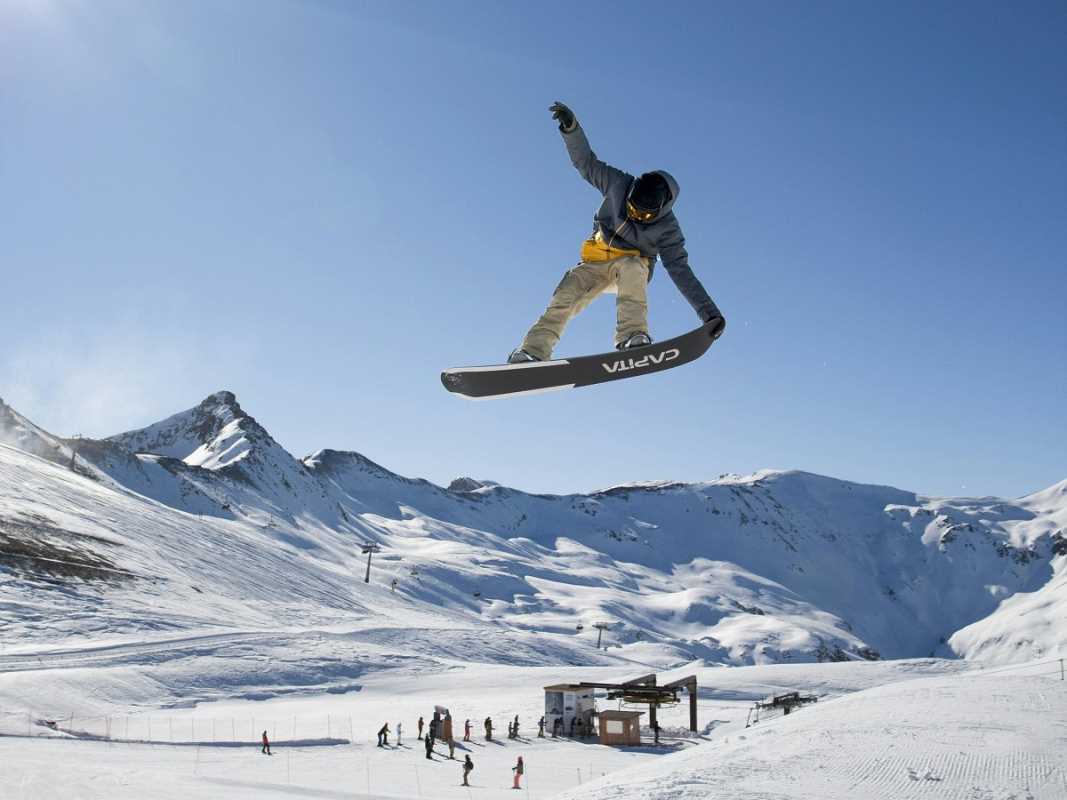 (Image via
(Image via